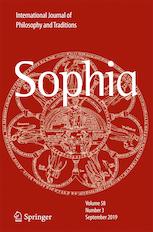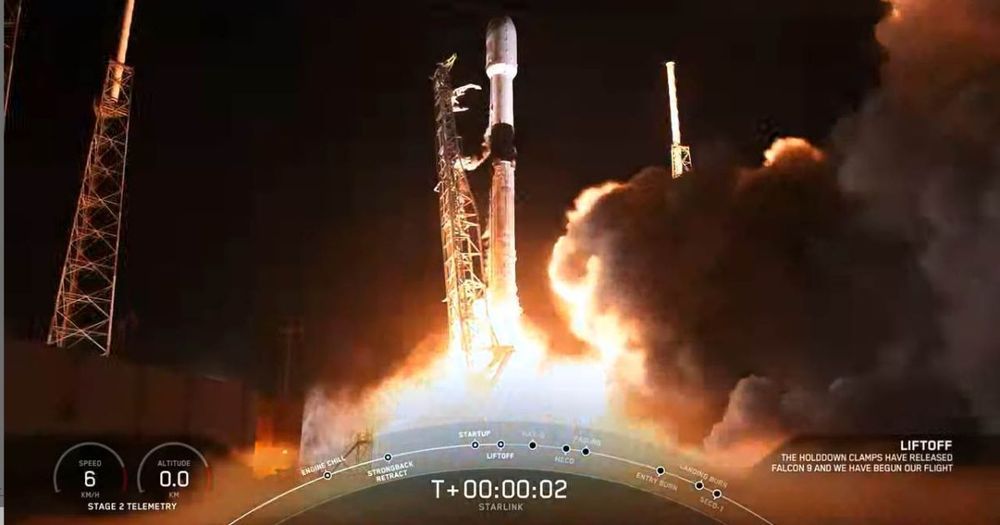Exclusive: The Irish food delivery company announces a partnership with global network company Cubic at CES.



This special issue of ‘Sophia’ aims to reflect upon future evolutions of religions and their related narratives and imaginaries from a critical and generative understanding of our ancient sources. Bodies are locations of creative power and symbolic proliferation. Cyborgian, transhuman, and posthuman embodiments are going to generate visions of the divine in tune with such an epistemic shift, by addressing questions such as: can God be represented as a cyborg? Could robots and avatars be prophets? Is internet a suitable setting for a posthuman theophany? This special issue articulates within the frame of a relational ontological perspective, according to which the notion of the divine evolves, as much as human and non-human persons do. In this evolutionary scenario, the representation of the divine realm may shift from era to era, adapting to new natural-cultural formations. This special issue argues that the posthuman paradigm shift will be followed by a symbolic turn in religious imaginaries as well.
In a posthuman future, human and non-human beings, plants, and minerals will most likely co-exist with advanced artificial intelligence, sentient robots, and conscious humanoids. As futurist Ray Kurzweil affirms: ‘The introduction of technology is not merely the private affair of one of the Earth’s innumerable species. It is a pivotal event in the history of the planet’ ( 1999, p. 35). Religions will need to re-think their theological approaches in order to allow for different types of subjectivities and embodied entities to partake in the religious quest. Religions themselves are material as well as symbolic networks, actualized through words, prayers, metaphors, rhythms, images, and symbols, among many other expressions. The physical, the virtual, and the symbolic are inextricably intertwined. In the era of the cyborg, God is not only human; in the era of the post-human, humans are not the only prophets.


Sarcos sprinkled the flavor of the future on last year’s CES show when it revealed the latest evolution of its robotic exoskeleton technology, the Guardian XO. At this year’s CES, the Salt Lake City-based robotics specialist and Delta Airlines announced pilot trials, with Delta employees set to be among the first workers to suit up in the battery-powered, force-multiplying wearable robots, enjoying superhuman strength and endurance without body wear and tear.
Few things make us want to trade a cushy gig of rambling away about gadgets semi-coherently on the Web for a life of physical labor like the Guardian XO. A full-body robotic suit that turns its wearer into something of a near-cyborg superhero, the XO looks straight out of a dystopian sci-fi thriller and brings the capabilities to match. It bears its own substantial weight, along with 200 additional pounds (91 kg) of payload, letting the wearer lift heavy objects for hours without physical strain or fatigue.
Sarcos says the Guardian XO takes under 30 seconds to put on or take off, responds in milliseconds to the operator’s movements, and amplifies his or her strength by up to 20 times. It offers eight hours of battery power, and a hot-swapping battery system allows users to extend that operational time. All in all, it’s a highly impressive machine meant to help humans complete obligatory lifting tasks that would be difficult or impossible to tackle with more conventional lifting machinery.
X just launched its latest batch of Starlink internet satellites, and you might be able to spot the craft overhead if you know where to look.

A SpaceX Falcon 9 rocket launched 60 Star broadband internet satellites into orbit and landed back on Earth, making SpaceX the operator of a record-breaking 180 satellites in orbit today.
SpaceX Launches 60 Star Satellites, Nails Rocket Landing in Record-Breaking Flight : Read more
There are other views of launching so many satellites too. Astronomers say SpaceX’s satellites are too bright in the sky. Friday’s launch will try to fix that.
BLASTOFF! SpaceX’s Falcon 9 rocket launched 60 more mini internet satellites from Cape Canaveral in Florida on Monday night. https://abcn.ws/36r7JOC
If all goes to plan, this mission will be just the first of as many as 20 Starlink launches this year as SpaceX builds up a constellation of satellites in low-Earth orbit to provide global Internet service. SpaceX may begin to offer “bumpy” service by the middle of this year to some consumers.
Following this next launch, scheduled for 9:19pm ET Monday (02:19 UTC Tuesday), SpaceX will have a constellation of nearly 180 satellites in low-Earth orbit, each weighing a little more than 220kg. This will make the company simultaneously the world’s largest private satellite operator (eclipsing Planet Labs), while also being the most active private launch company.
Becoming a satellite operator has not been without its challenges for SpaceX. It has had to work closely with the Air Force’s 18th Space Control Squadron to track its Starlink satellites and ensure they do not collide with other satellites on orbit. SpaceX has also faced a backlash of criticism from astronomers and dark sky advocates who say its “trains” of satellites have polluted the sky. In response, SpaceX has said it will take steps to make the satellites less visible and disruptive to nighttime skies.

CAPE CANAVERAL, Fla. — SpaceX on Saturday fired up the rocket that will ferry the company’s next batch of Starlink satellites into space.
The company conducted a static-fire test on Saturday (Jan. 4) of a Falcon 9 rocket at Space Launch Complex 40 at Cape Canaveral Air Force Station in Florida, the company said on Twitter. That rocket is expected to send 60 Starlink internet satellites into space no earlier than Monday (Jan. 6), marking the first launch of the year from Florida’s Space Coast.
